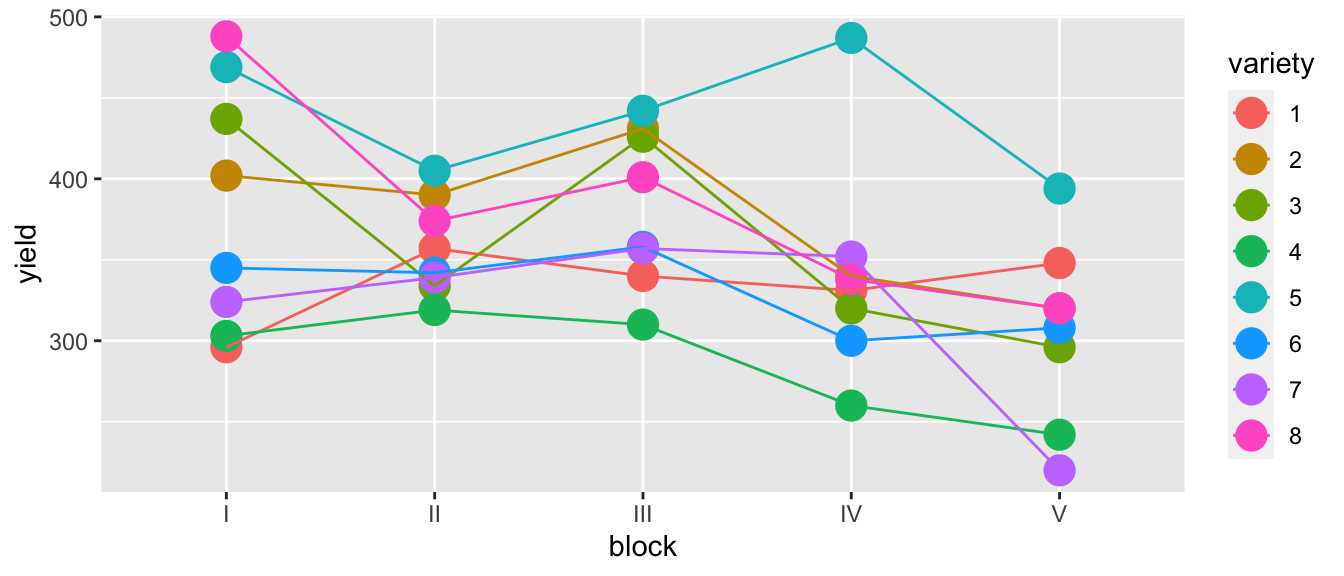Table Of Content

A resolvable 2-design is a BIBD whose blocks can be partitioned into sets (called parallel classes), each of which forms a partition of the point set of the BIBD. Designs without repeated blocks are called simple,[3] in which case the "family" of blocks is a set rather than a multiset. Having high-quality and diverse training data is extremely important for achieving optimal performance in generative AI. However, obtaining high-quality data involves navigating complex data privacy and ownership issues. Blockchain technology can facilitate secure data sharing while preserving data privacy through federated learning and secure multiparty computation.
1: Balanced Incomplete Block Designs (BIBD)
Generative AI is poised to make writing smart contracts faster and more secure. Smart contracts, the self-executing heart of blockchain applications, are tricky to create and prone to human error. However, novel approaches using AI to learn from existing code and generate optimized contracts are changing the game. For example, an AI-powered method created smart contracts that were 12%-27% closer to handwritten code and passed security checks with 8%-9% higher accuracy compared to existing techniques. With its decentralized and secure architecture, blockchain has already proved its ability to revolutionize financial systems, supply chain management and more.
Select appropriate blocking factors
Thus for any pair of points, these vertices are joined by \(λ\) edges each of which appears in some \(K_k\), so these points must appear together in \(λ\) of the \(K_k\) subgraphs, i.e \(λ\) of the blocks. First, there are \(b\) blocks, each of which has \(k\) points in it. For the first equation, we count the total number of appearances of each point in the design (including repetitions) in two ways. This is another example of counting ordered pairs from a cartesian product, as we have discussed previously. Careful perusal of this scheme will show that every pair of treatments is used together on precisely one of the mice. Has a solution in integers $ x,\ y,\ z $, not all of which are zero.
Hassell Studio conceptualizes a sustainable future on the lunar surface - Interesting Engineering
Hassell Studio conceptualizes a sustainable future on the lunar surface.
Posted: Sun, 21 Jan 2024 08:00:00 GMT [source]
Assign treatments to blocks

So far we have discussed experimental designs with fixed factors, that is, the levels of the factors are fixed and constrained to some specific values. In some cases, the levels of the factors are selected at random from a larger population. In this case, the inference made on the significance of the factor can be extended to the whole population but the factor effects are treated as contributions to variance. This kind of design is used to minimize the effects of systematic error.
Sometimes the block sizesare naturally defined, and sometimes they need to be specificallyselected by the experimenter. It is not uncommon in industry for anexperiment to be automatically divided into blocks according to time ofday as a precaution against changing experimental conditions. Without the blocking variable, ANOVA has two parts of variance, SS intervention and SS error.
This allows multiple parties to collaborate on training generative AI models without revealing sensitive data. Blockchain can address this by tracking and auditing the origin, training data and subsequent modifications of a generative AI model on a secure, tamper-proof ledger. Stakeholders, like regulators or those using the model’s outputs, can verify the integrity and fairness of the model by examining its history on the blockchain. Just as generative AI can revolutionize blockchain, the reverse is also true. Blockchain technology can significantly enhance and address some of the critical challenges faced by generative AI systems.
The direct methods mostly utilize the properties of finite fields or some geometric properties. The case of equality in Fisher's inequality, that is, a 2-design with an equal number of points and blocks, is called a symmetric design.[9] Symmetric designs have the smallest number of blocks among all the 2-designs with the same number of points. Note that the least squares means for treatments when using PROC Mixed, correspond to the combined intra- and inter-block estimates of the treatment effects. When we have missing data, it affects the average of the remaining treatments in a row, i.e., when complete data does not exist for each row - this affects the means. When we have complete data the block effect and the column effects both drop out of the analysis since they are orthogonal. With missing data or IBDs that are not orthogonal, even BIBD where orthogonality does not exist, the analysis requires us to use GLM which codes the data like we did previously.
Minitab’s General Linear Command handles random factors appropriately as long as you are careful to select which factors are fixed and which are random. Since the first three columns contain some pairs more than once, let's try columns 1, 2, and now we need a third...how about the fourth column. If you look at all possible combinations in each row, each treatment pair occurs only one time. We could select the first three columns - let's see if this will work. Click the animation below to see whether using the first three columns would give us combinations of treatments where treatment pairs are not repeated.
(But it is unknown if non-egglike ones exist.) (b) if q is even, then q is a power of 2 and any inversive plane of order q is egglike (but there may be some unknown ovoids). Jon and Kristina remember their time on Rock the Block season 4 with fondness. "When we did Rock the Block in Colorado, that was a really fun experience. I mean, me and Kristina had a house together," Jon said.
A previous study had indicated measurements of RMR on elderly individuals to be 8% higher using an outpatient protocol than with an inpatient protocol. The experimenters hoped to conclude that the effect on RMR of different protocols was negligible. A balanced design is a design in which every pair of points appear together in the same number of blocks, \(λ\). Block designs are used in the design of experiments, the theory of games, graph theory and in the construction of error-correcting codes. It is impossible to use a complete design (all treatments in each block) in this example because there are 3 sunscreens to test, but only 2 hands on each person. A design with the parameters of the extension of an affine plane, i.e., a 3-(n2 + 1, n + 1, 1) design, is called a finite inversive plane, or Möbius plane, of order n.
By default, Error() just creates independent error terms, but when we add a covariate, it adds the appropriate nesting. For the analysis of a block design, it is quite similar to factorialdesigns without blocks except we usually do not investigate the blockeffects and interaction effects of the block factor with treatmentfactors. By extension, note that the trials for any K-factor randomized block design are simply the cell indices of a k dimensional matrix.
You might have a design where you apply even more levels of nesting. Suppose you have a green house study where you have rooms where you can apply a temperature treatment, within the room you have four tables and can apply a light treatment to each table. Finally within each table you can have four trays where can apply a soil treatment to each tray. This is a continuation of the split-plot design and by extending the nesting we can develop split-split-plot and split-split-split-plot designs.
Suppose that skin cancer researchers want to test three different sunscreens. They coat two different sunscreens on the upper sides of the hands of a test person. After a UV radiation they record the skin irritation in terms of sunburn.
The use of blocking in experimental design has an evolving history that spans multiple disciplines. The foundational concepts of blocking date back to the early 20th century with statisticians like Ronald A. Fisher. His work in developing analysis of variance (ANOVA) set the groundwork for grouping experimental units to control for extraneous variables. Blocks are used to block out the effects of nuisance factors that mayhave a major effect on the response but are not of interest to us.Designs involving blocks are called block designs.
Real-Life LEGO Set: Putting Together a New Way of Building - Engineering News-Record
Real-Life LEGO Set: Putting Together a New Way of Building.
Posted: Wed, 30 Aug 2023 07:00:00 GMT [source]
To address nuisance variables, researchers can employ different methods such as blocking or randomization. Blocking involves grouping experimental units based on levels of the nuisance variable to control for its influence. Randomization helps distribute the effects of nuisance variables evenly across treatment groups.
For all open access content, the Creative Commons licensing terms apply. Suppose engineers at a semiconductor manufacturing facility want to test whether different wafer implant material dosages have a significant effect on resistivity measurements after a diffusion process taking place in a furnace. They have four different dosages they want to try and enough experimental wafers from the same lot to run three wafers at each of the dosages.

No comments:
Post a Comment